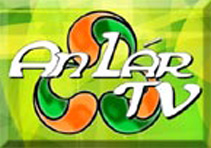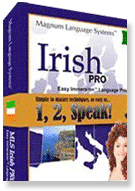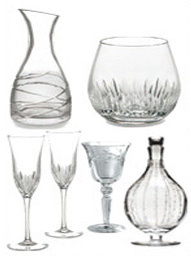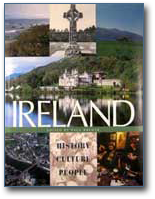A Traditional Irish Christmas
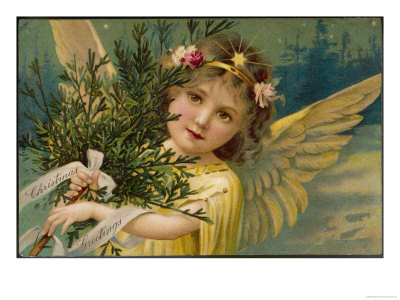 |
Ireland has a number of traditional Irish Christmas customs and rituals that are all its own. It is believed that the ancient Irish Christmas celebration has its roots in the Festival of the Winter Solstice, or 'Alban Arthuan'. Many others believe that these customs sprang from when Gaelic culture and religion were suppressed, and the Irish were forbidden to practice any Irish customs.
The Gaelic term 'Nollaig Shona' means Christmas Greetings and 'Nollaig Shona Duit' means Merry Christmas, or Happy Christmas. In Ireland, the home is made ready for Christmas decorating during late autumn. An Irish home is cleaned thoroughly and the best linens are brought out of storage. In olden days, the cottages would be white washed and any repairs were made to the home. When all is clean, the festive Christmas decorating begins.
A traditional Irish Christmas begins by placing a lit candle in the window of the house on Christmas Eve, usually being lit by the youngest member of the family. Ancient beliefs say that the lighted candle served as a symbol of welcome to Mary and Joseph who were seeking shelter on Christmas Eve. It also indicated a safe place for priests to perform mass, which was not allowed during penal times. After the evening meal on Christmas Eve, the table was cleared and re-decorated with a loaf of bread filled with caraway seeds and raisins, a pitcher of milk and a large lit candle. The door to the home was left unlatched so Mary and Joseph, or any wandering traveler, could take shelter in the home. Another tradition of the lit candle is that it only be extinguished by a girl named Mary.
On Christmas day, Irish people decorate their houses with holly wreaths and mistletoe. The placing of a ring of Holly on doors originated in Ireland. Holly was one of the main plants that flourished in the winter and the abundance of it gave the poor means to decorate their dwellings. All decorations are traditionally taken down on January 6th, known as Little Christmas. It is considered bad luck to remove them beforehand.
The custom of practicing the 'Wren Boy Procession' on St. Stephen's Day (December 26th) is quite popular in different parts of Ireland. During penal times, there was a plot in a village against the local soldiers. The villagers surrounded them and the soldiers were about to be ambushed, when a group of wrens pecked on their drums, which awoke the soldiers. The plot failed miserably and the wren became known as the Devil's Bird. On St. Stephen's Day, a procession takes place, where the families dress up in old clothes and blacken their faces. They would go from house to house carrying a pole with a holly bush on top. In medieval times, an actual wren would be killed and placed on top of the pole. This custom has virtually disappeared but the tradition of visiting from house to house on St. Stephen's Day is still very much a part of an Irish Christmas.
On Christmas day, traditional Irish Christmas foods are prepared and enjoyed by the whole family. Most likely, they would serve roast turkey, Christmas cakes, Irish shamrocks, Christmas puddings with brandy or rum sauce, and Irish soda bread. Another menu would consist of roasted goose, potatoes, cranberry sauce, vegetables, sausages and spiced beef.
In Irish Celtic traditions, no home would be complete without holly. Because of its glossy green leaves and festive red berries, it was perfect for holiday decorating. Holly was used to decorate the entire house, with a spray over the door, on the mantle, around picture frames, among the plates on the cupboard, as candle rings and such. Gifts of holly boughs were also given to neighbors. To the Celts, holly leaves represented life and rebirth, symbolizing life during the winter when all else was bare. The red berries represented the coming of spring. When Christianity came to Ireland, the berries took on a new meaning, representing new life in Christ.
The twelve days of Christmas are celebrated between the birth of Christ, on December 26th, and the Epiphany, on January 6th. A small gift would be given on each day during this period. The twelve days included many festivities including parties and visiting with friends, family and neighbors. On the twelfth night, the celebrations would end and the holiday decorations would be taken down.
Disclaimer: LittleShamrocks.com is an affiliate website that receives commissions from sales of the products listed. We have purchased and sampled many, but not all, of the products on these pages.
© Copyright LittleShamrocks.com. All Rights Reserved.



